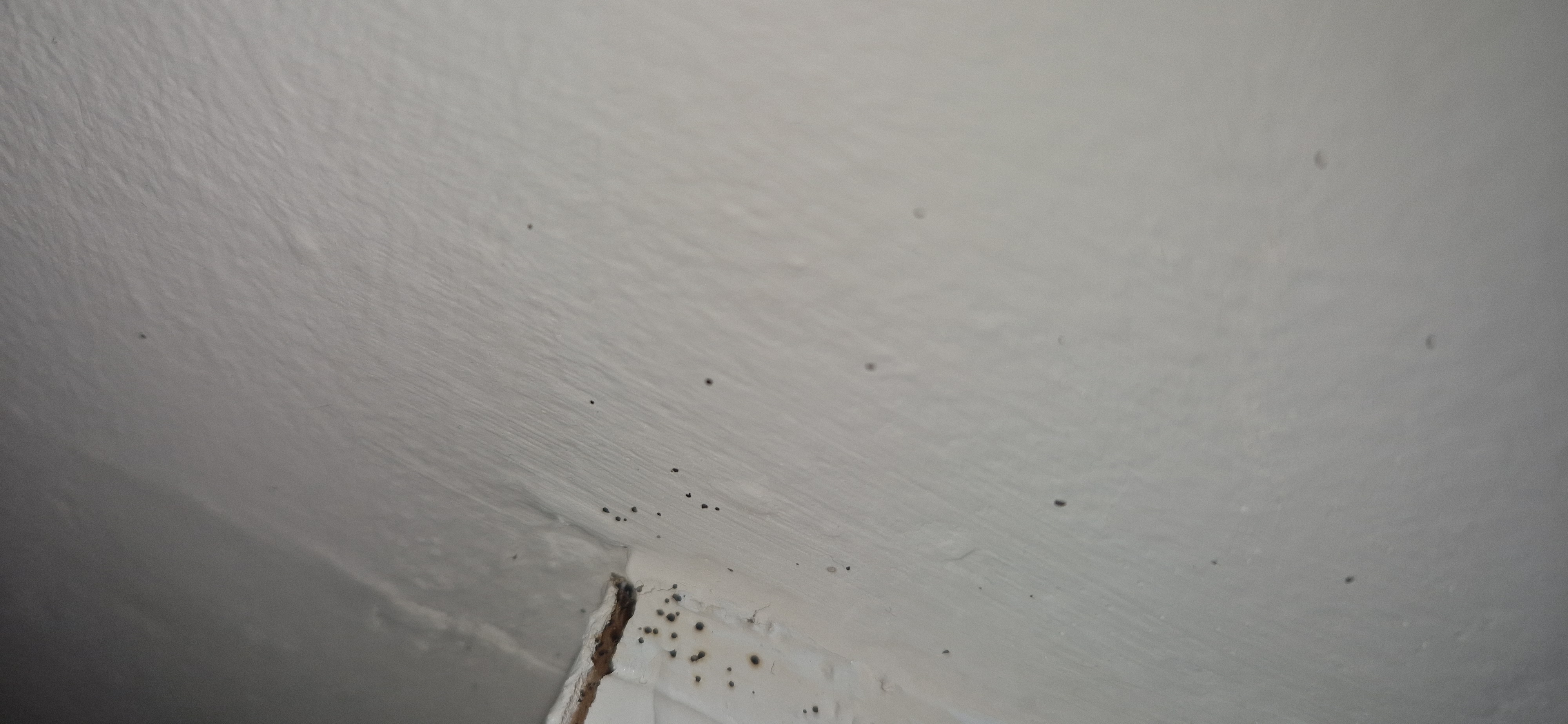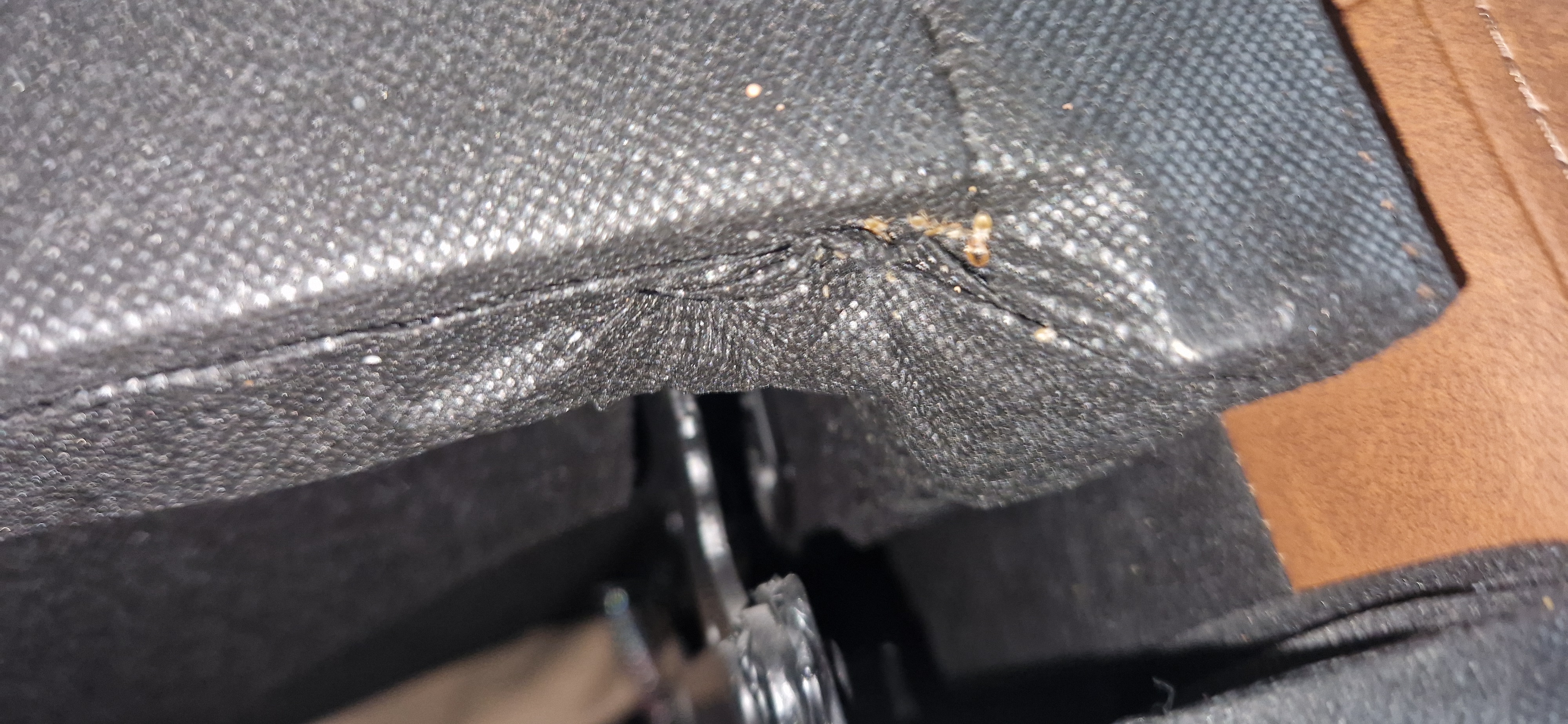Bedbug Info
Do I have a Bedbug issue?
In most cases, the first sign of a bedbug issue is the appearance of bites on the skin — often occurring overnight. However, not everyone reacts to bedbug bites in the same way. Some individuals develop itchy red marks, while others may show little to no reaction at all, which means it’s entirely possible to have an infestation without realising you’ve been bitten.
This page is designed to help you identify the common signs of bedbug activity in your home, from spotting live insects to recognising telltale marks on furniture and bedding. Knowing what to look for can help you act quickly and prevent the problem from becoming more severe.
what to look for
Bedbugs are small and elusive, but they leave behind several clear signs of their presence. Knowing what to look for is the first step in identifying an infestation early.
Live specimens
Live Bedbugs may also be seen, either on their own or in small clusters, especially in established infestations. They range in size from 1mm (nymphs) to about 5mm (adults), and are typically reddish-brown, flat, and oval-shaped. After feeding, they may appear darker and slightly swollen. Juvenile bedbugs (nymphs) are much smaller than the adults, and are often a lighter shade of red or brown, but are sometimes translucent.
Spotting live bugs is a strong indication of active infestation and should not be ignored.

Excretion marks.
One of the most common signs of a bedbug infestation is the presence of excretion marks. These appear as small dark spots—usually black or very dark brown—left behind where bedbugs have been resting or feeding. The marks are actually digested blood that has passed through the bedbug’s system and been excreted. They often resemble tiny ink dots and may be found on mattresses, sheets, pillowcases, bed frames, skirting boards, and even walls. These stains can cluster together in areas where bedbugs are most active, helping to pinpoint the location of an infestation.

Exuviae (Cast Skins)
As bedbugs grow, they shed their outer skin at each stage of development—a process known as molting. These discarded skins are called exuviae, or cast skins. They are pale yellow, translucent, and shaped like a bedbug, though often smaller depending on the stage. Exuviae can accumulate in areas where bedbugs hide, such as mattress seams, behind headboards, in cracks, or along skirting boards. Finding cast skins is a strong indication of an active infestation, as they show that bedbugs are feeding and developing in the area.

Eggs
Bedbug eggs are among the hardest signs to detect in an infestation. They are extremely small—about 1 millimetre in length—and pearly white in colour, making them very difficult to see with the naked eye, especially against light-coloured surfaces. Eggs are often laid in tight cracks, crevices, or fabric seams, and are coated with a sticky substance that helps them adhere to surfaces. Because of their size and subtle appearance, identifying eggs usually requires close inspection and good lighting—sometimes even a magnifying glass. Despite being hard to spot, the presence of eggs is a clear sign of an established infestation and ongoing breeding activity.
